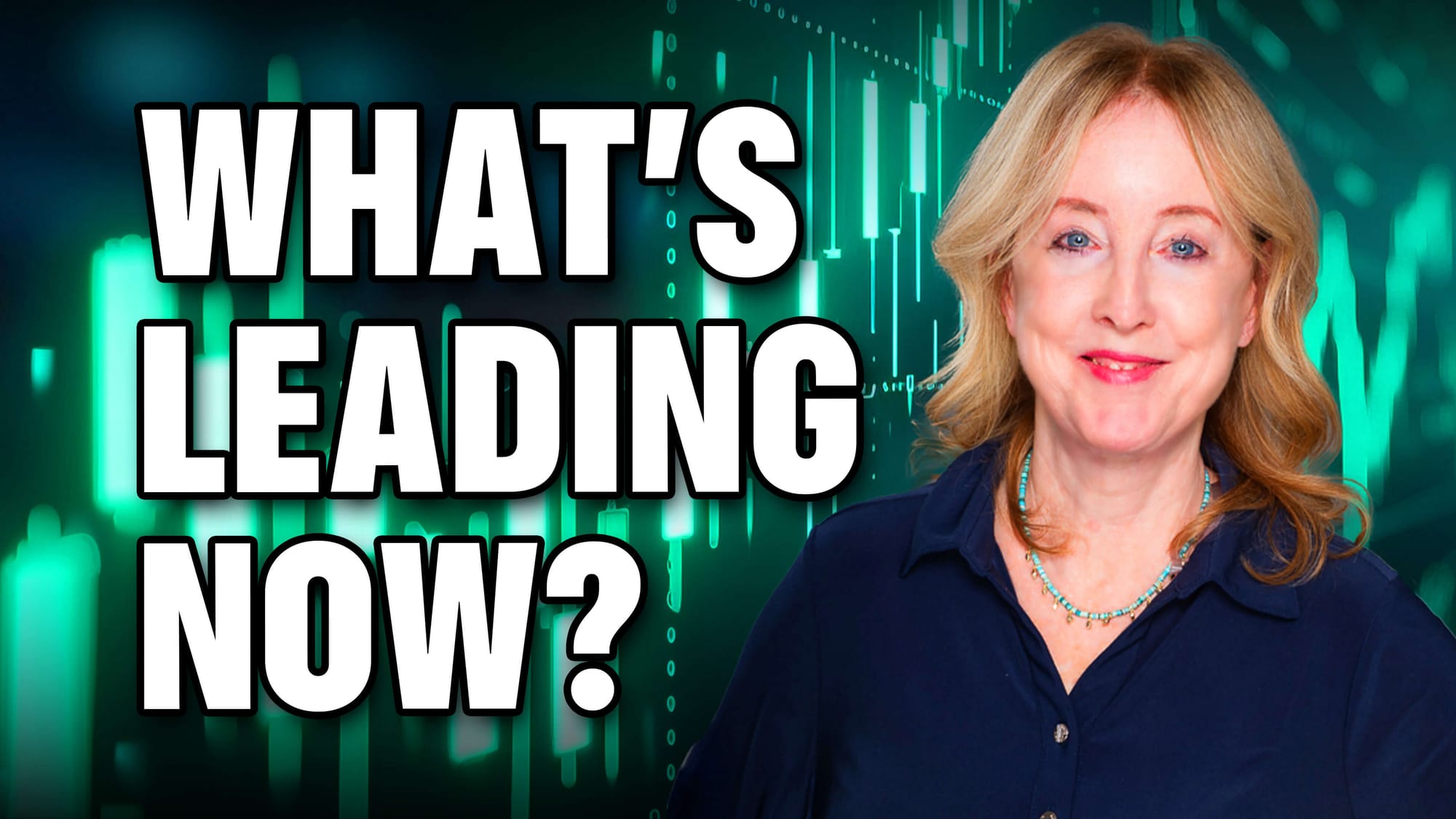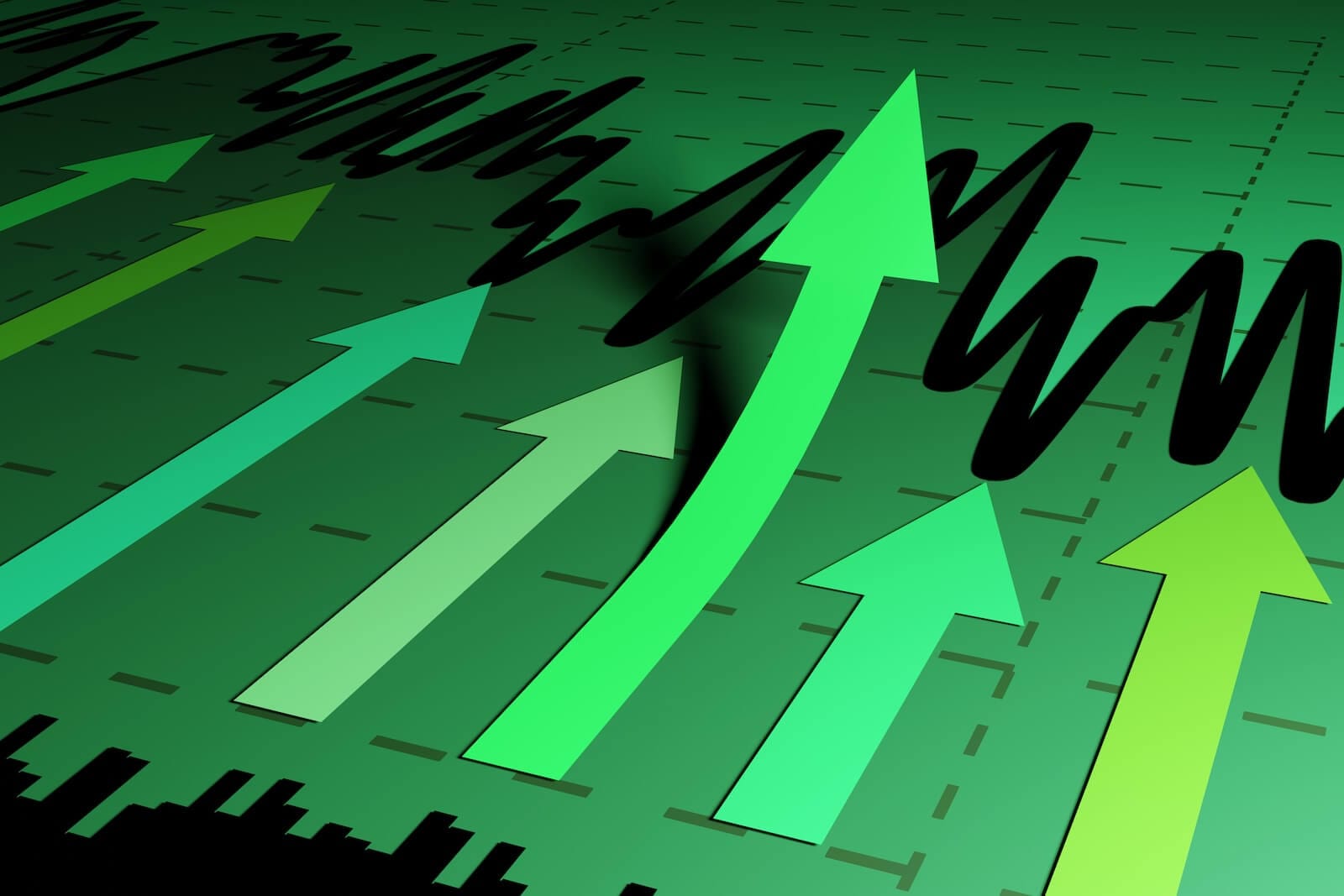RISING YEN AND VIX STILL THREATEN GLOBAL BULL MARKET -- BREAKDOWN IN BOND YIELDS IS VOTE OF NO CONFIDENCE IN ECONOMY -- INVERSE FUNDS APPEAR TO BE FORMING BOTTOMS -- CHART REASONS WHY THE MARKET BOUNCE HAS PROBABLY ENDED
SIGNS OF YEN BOTTOM THREATEN CARRY TRADE... In times of financial turmoil, we have to stand back and try to determine if major trend changes are taking place. That prevents us from losing our way with short-term market swings. I'm starting off today with a longer-range look at the Japanese yen. The reason for that is because the falling yen in recent years has fed the "carry trade" when global traders borrow cheap yen at very low rates (selling the yen short) and use those funds to buy higher-yielding currencies and assets (including stocks). That's also why any serious rise in the yen of late has coincided with market pullbacks. Today is a good example of that. With global stocks falling 2% on average, the yen's 1.7% gain makes it the day's strongest currency. The point of Chart 1 is simply to show that the 2005-2007 drop in the yen (against the dollar) brought the yen to a rising nine-year support line drawn under the 1998-2002 lows. That puts the yen in a major support area. Chart 2 shows the yen breaking a falling trendline starting nearly three years ago at the start of 2005. Chart 2 strongly suggests that the yen has bottomed against the dollar. The fact is the yen is also rallying against other currencies. Chart 3 shows the yen/Euro ratio pulling back from a five-month high. The yen/Euro is trading over its 200-day line for the first time in two years. Given how much the "yen carry trade" has supported global stocks over the last few years, any further strengtening of the yen threatens their uptrend. Whenever you find yourself getting confused by all the media chirping, take another look at the yen chart.

Chart 1

Chart 2

Chart 3
VIX STILL IN AN UPTREND ... Earlier in the week I heard a TV commentator (masquerading as an analyst) give his interpretation of the CBOE Volatility (VIX) Index. His conclusion of course was bullish. He correctly pointed out that peaks in the VIX usually coincide with market bottoms. He then bullishly concluded that since the VIX peaked in mid-August, the market had bottomed. The problem with that bullish interpretation is that the major trend of the VIX is still up. In a recent Market Message, I wrote that the VIX would probably find major support near the 20 level before turning back up again. I got the 20 support number from two sources. One was the 50-day moving average. The other was the March peak. Pullbacks in an uptrend should always find support near a previous peak. If the VIX is turning back up (as it seems to be doing), that would signal the end of the market rally and not the start of a new uptrend. Here again, when you here TV people doing their version of technical analysis, turn off the sound and look at your chart.

Chart 4
BOND YIELDS BREAK MAJOR SUPPORT... On August 22, I did a comparison of interest rates and stocks during two previous market panics in 1998 and 1997. I showed that interest rates fell with stocks during the summer and bottomed with stocks in the autumn. I also wrote that the inability of bond yields to bounce with stocks in the summer of 2000 led to much bigger stock losses. I also noted that the inability of bond yields to bounce with stocks this August called into question the staying power of the stock rally. Which brings us to today's breakdown in bond yields. Today's very weak job report pushed the 10-Year T-Note yield below the trough formed late last year (Chart 5) and completed a "double top" pattern in the process. That puts bond yields at the lowest level in twenty months. That's very bullish for bond prices which rise when yields fall. But it's potentially bearish for stocks because it hints at a slowing economy (and the need for more aggressive Fed action). Unfortunately, the longer range picture looks even worse. The monthly bars in Chart 6 show the trend of the 10-Year T-Note Yield for the last decade. The peak in 2000 coincided with a major market top. The bottom in yields in 2003 coincided with a stock market bottom. The second red arrow shows bond yields peaking three months ago (forming a "double top" with the mid-2006 peak). Chart 6 also shows the 10-Year yield breaking the rising trendline drawn under the 2003-2005 lows. That's certainly not a vote of confidence in the economy or the stock market.

Chart 5

Chart 6
SHORT ETF FUNDS ARE TURNING UP ... I've been asked why I haven't written anything about inverse ETFs. So I'll do that today. In case you didn't know, there are Exchange Traded Funds that trade inversely to the stock market. In other words, they rise when the market falls -- like today. The best selection of short ETFs are offered by ProFunds. You can find the entire listing at ProFunds.com. I'm only going to look at couple of them here. Not surprisingly, the inverse funds are a mirror image of the index they follow. Chart 8 shows the Short S&P ProShares Fund (SH). On August 17, I wrote about the possibility of the S&P 500 forming a "head and shoulders" top. Chart 8 looks like a H&S bottom. The August rally to the March peak formed a potential "neckline". The August pullback from that neckline retraced about 62% of its previous rally (on an intra-day basis), and is bouncing off its 50- and 200-day moving averages. The recent pullback also puts the bottom of the "right shoulder" (last green arrow) at about the same level as the "left shoulder" (first green arrow). A retest of the August high appears likely. Any decisive close over 64 would be a bearish signal for the S&P 500, but a bullish signal for the SH.

Chart 7
SHORT RUSSELL 2000 FUND IS MUCH STRONGER... Since small caps have been much weaker than large caps, it should come as no surprise to see that a small cap inverse fund has been much stronger than the inverse ETF based on the S&P 500 in Chart 7. Chart 8 shows the Short Russell 2000 Fund (RWM) having already cleared its spring high. Its recent pullback retraced exactly 50% and it's bouncing again. With small caps falling faster than large caps, this fund is likely to rise faster than inverse funds based on large cap indexes. There are also "ultra" inverse funds available. Those funds rise twice as fast when the underlying index falls. They're more profitable in a falling stock market, but also more risky if the market starts to rise again. Profunds also offers inverse mutual funds. You can find them on the Stockcharts ProFunds Carpet.

Chart 8
WHY THE RECENT BOUNCE IS PROBABLY OVER ... Today I'm using the Dow Jones Wilshire 5000 Index to analyze the market's trend. That's because it's the broadest market measure we have and may give us the best overall picture of the market's current condition. Unfortunately, it's not a bullish picture. The big question is whether or not the recent market bounce has run its course. Technical indicators suggest that it has. First of all, the rally carried right into chart resistance ranging from the June low to the mid-August peak (which Arthur Hill and I have shown before). Secondly, the rally carried right to the 50-day average (blue line) before turning back down. Thirdly, the rally carried to the 62% retracement level (upper line) which is the upper limit for retracement rallies. Fourthly, the daily stochastic lines (bottom of chart) have turned down from overbought territory over 80. That's the first stochastic sell signal since mid-July. Back on August 20, I suggested a likely time target for the rally would be two to four weeks. I wrote that the outside target for a top would be by September 14. Since we're only a week away from that time limit, the odds for a top are pretty good. We've also entered the traditionally weak month of September. In my view, the most likely scenario is a retest of the summer lows. Whether or those lows hold will determine if we're entering a bear market.

Chart 9
MOVING AVERAGE SUPPORT AND RESISTANCE ... Sometimes it's better to keep things simple. That's what today's final chart of the S&P 500 is designed to do. Chart 10 overlays two simple moving averages on the daily chart of the S&P 500. The red line is the 400-day (or 20-month average). You may recall earlier this summer I pointed out that the 400-day day line had stopped every downside correction in more than four years. It did so again during August. The blue line is the 100-day (or 20-week) moving average. Since the bull market started in the spring of 2003, every bounce off the 400-day line was followed by upside break of the 100-day line. Except for this time. Chart 10 shows the S&P rallying to that line (currently at 1496) and failing. That leaves open the strong possibility that the 400-day line will be challenged again.

Chart 10
TECHNICAL INDICATORS ARE WORKING FINE ... As I review the various technical indicators that I employ, I'm almost surprised at how well most of them have worked at calling the July top, the August bottom, and possibly the September top. I mention this because I heard a CNBC commentator say this week that technical indicators didn't seem to be working in the current environment. That of course came in the midst of a discussion with some bullish Wall Street suits who were trying to dismiss the market's recent damage. He didn't say which indicators he was referring to or who exactly was using them. I'd go as far as to suggest that the charts and their technical indicators are the only things that have worked this summer. Then again the folks on TV wouldn't know that unless they actually spoke to some technical analysts (not me). Rather than explaining it to them, I'd rather keep it our little secret.










